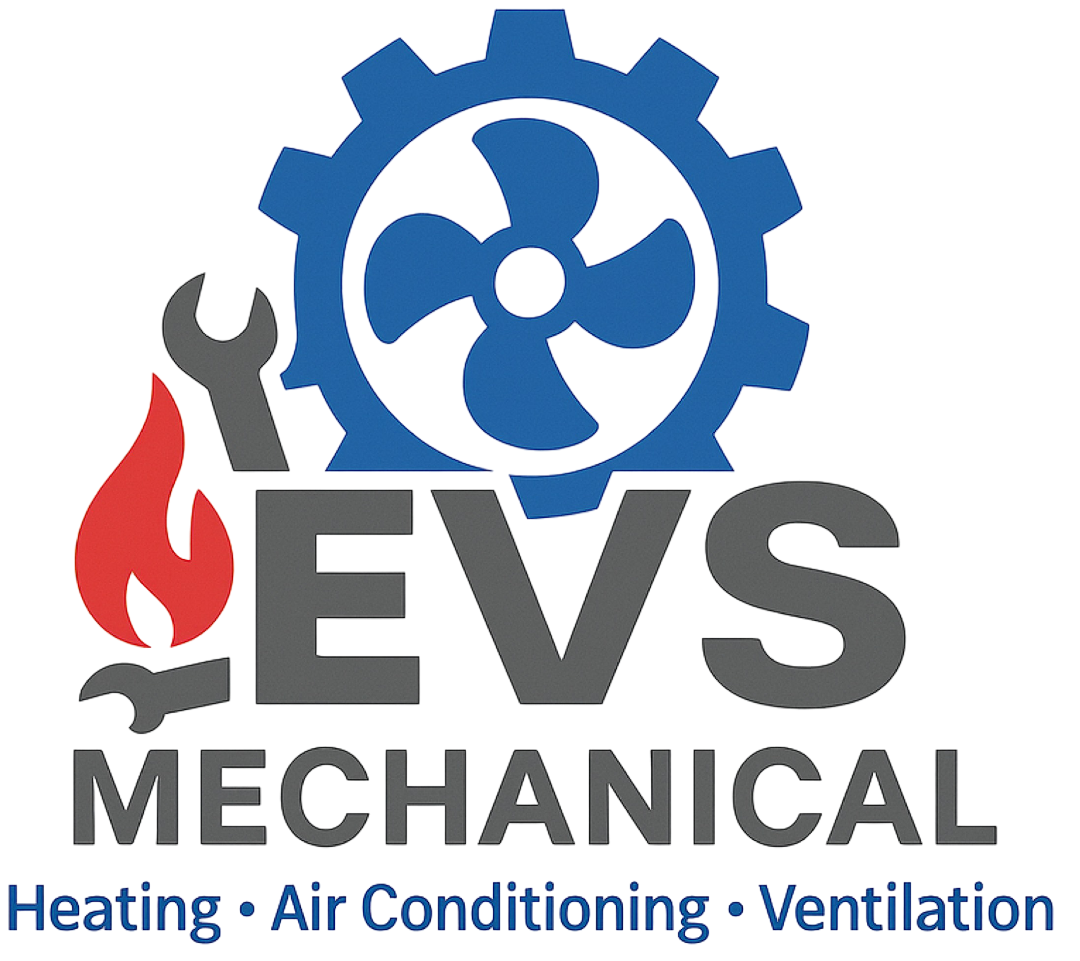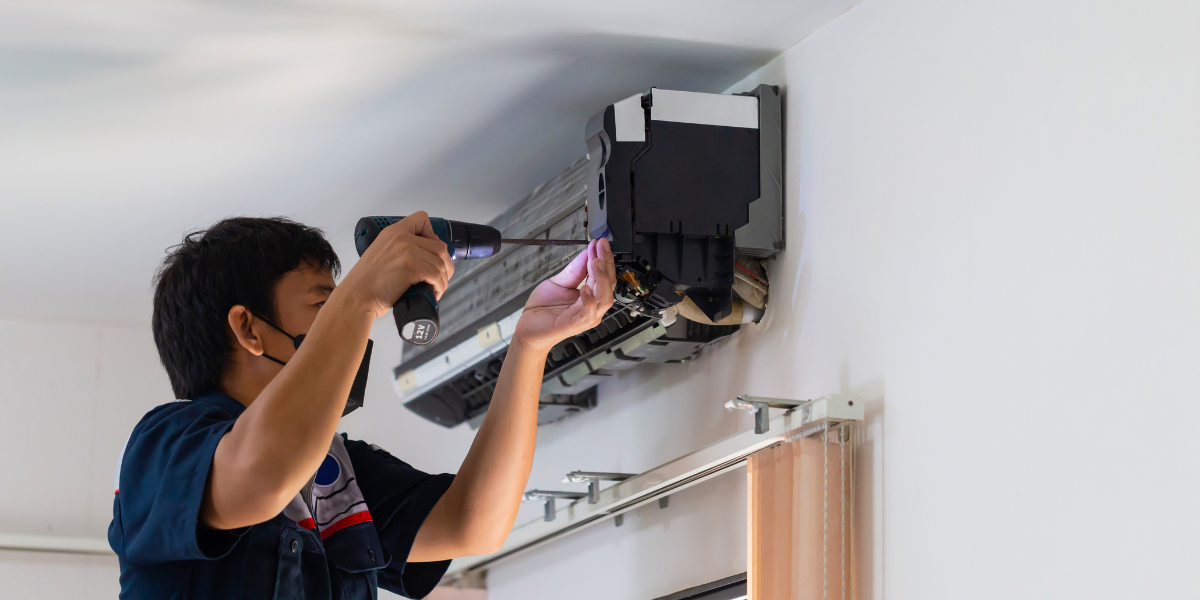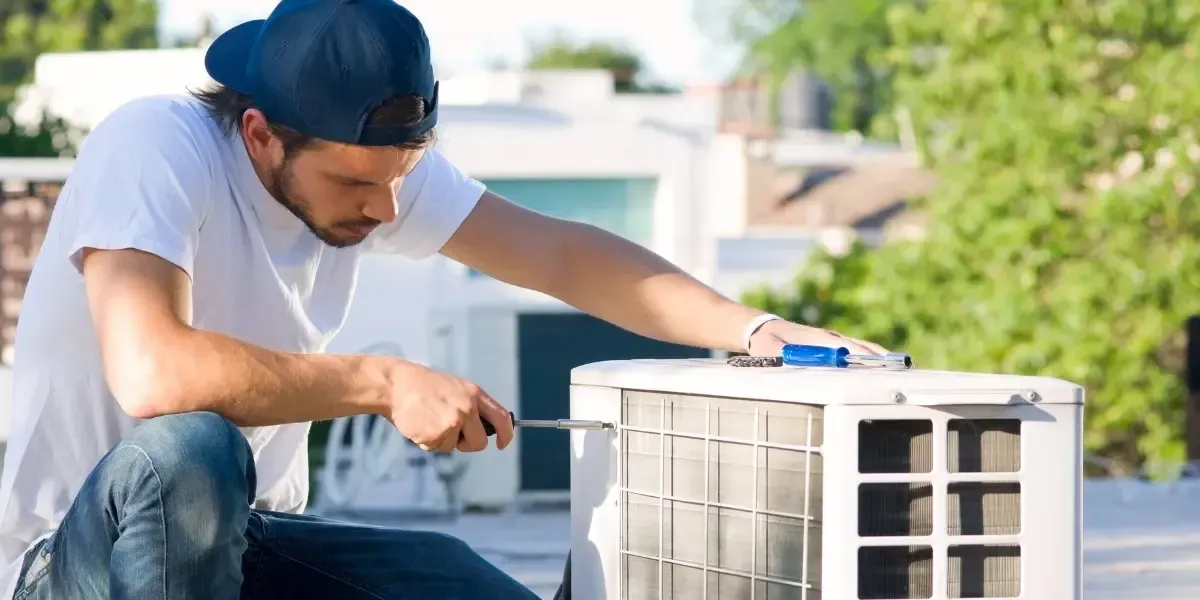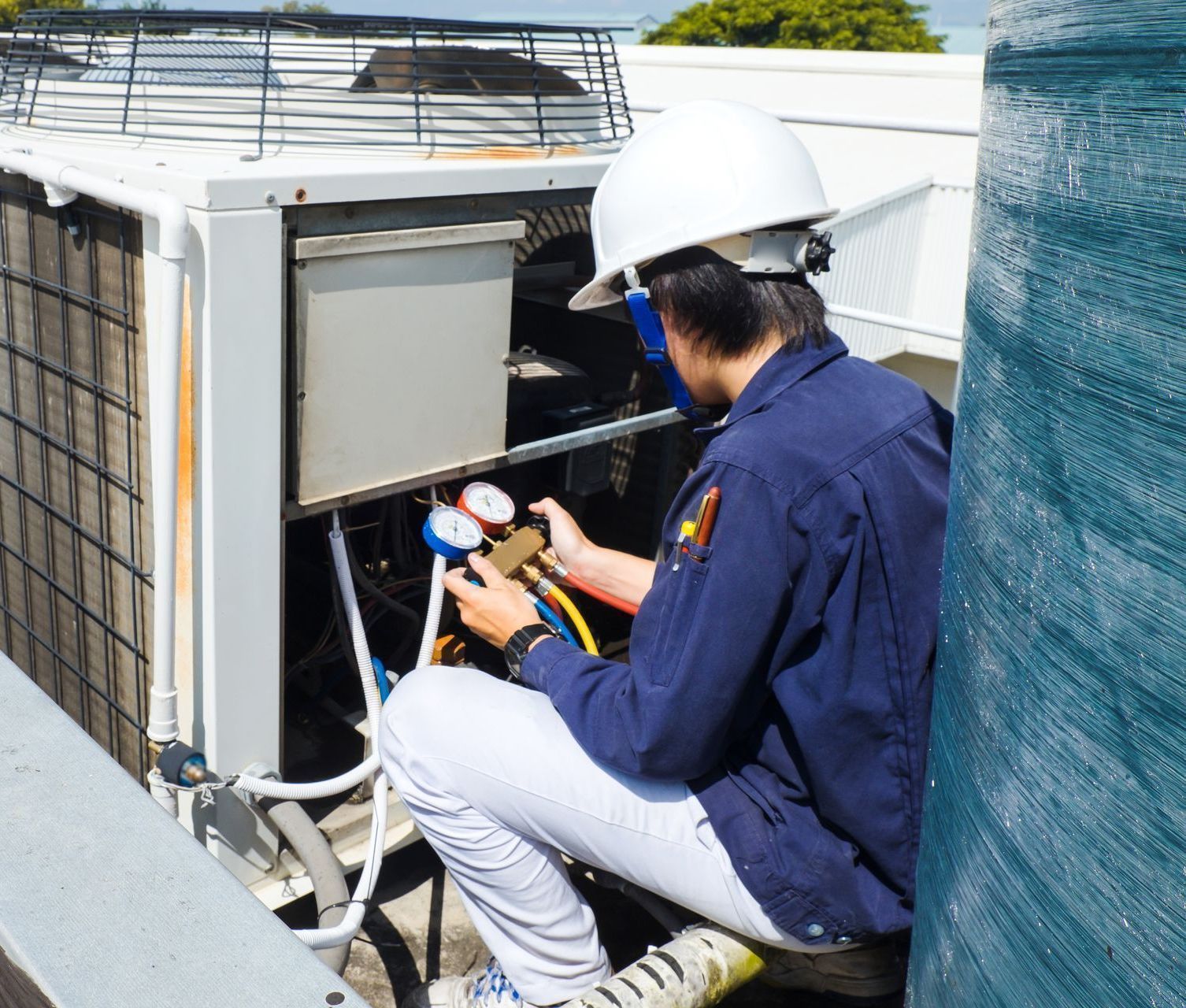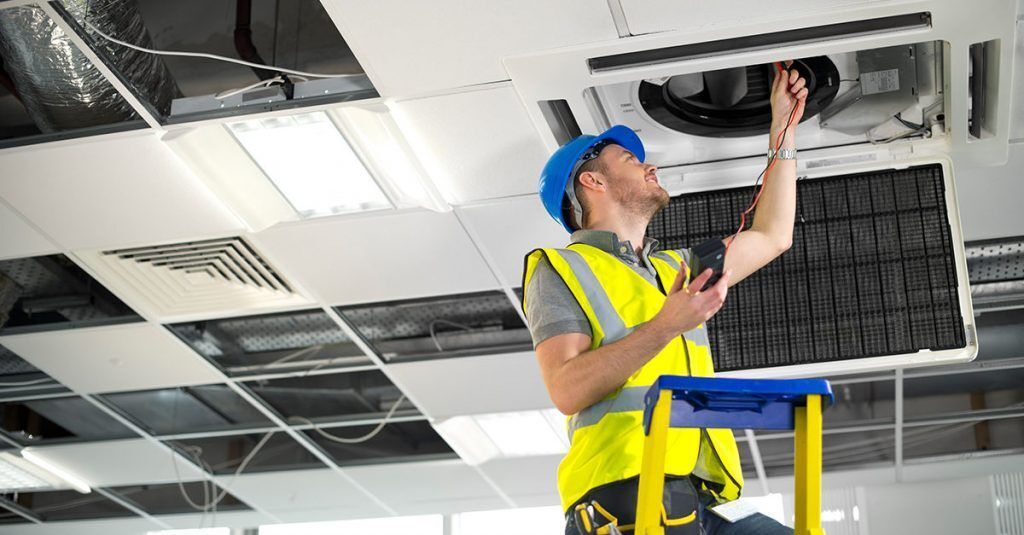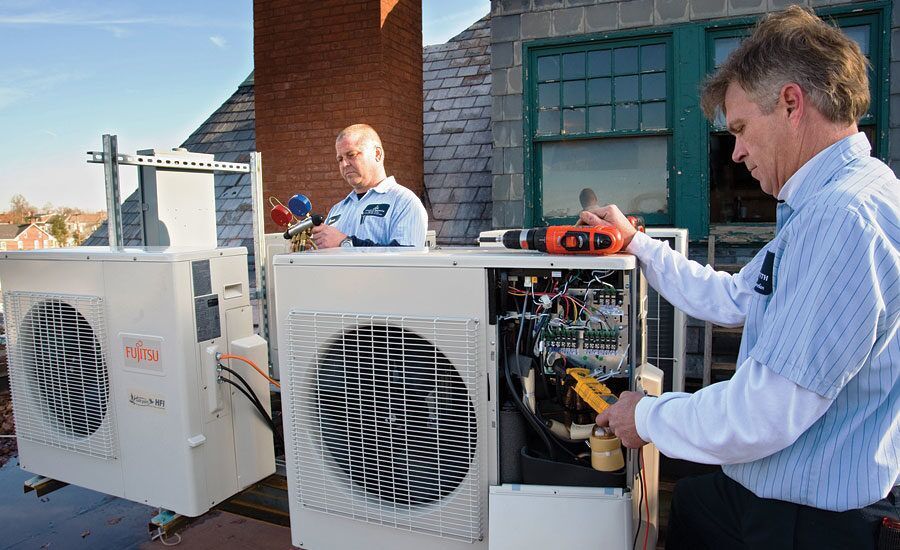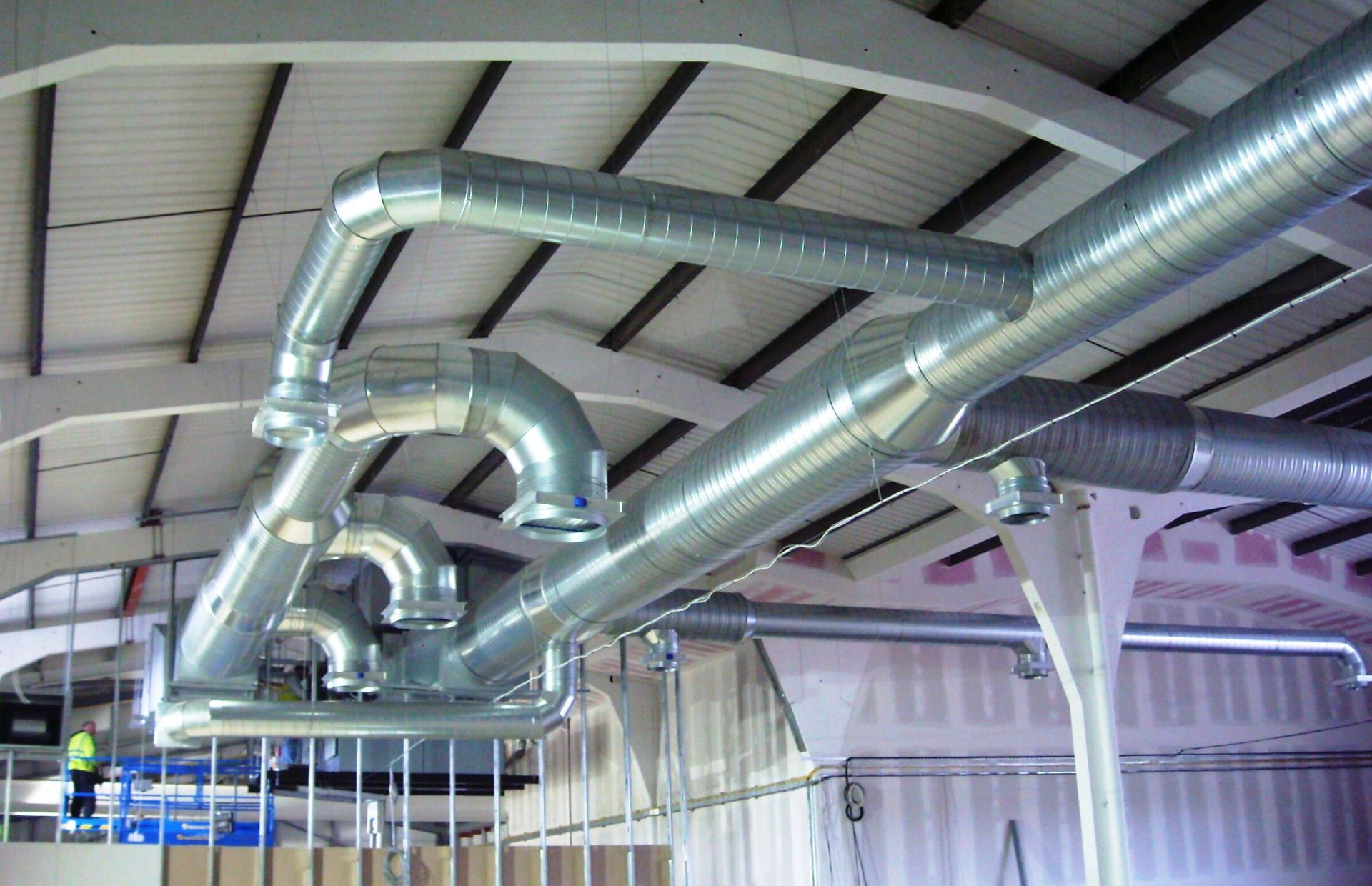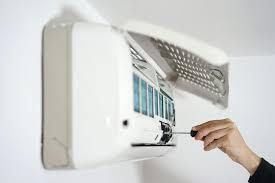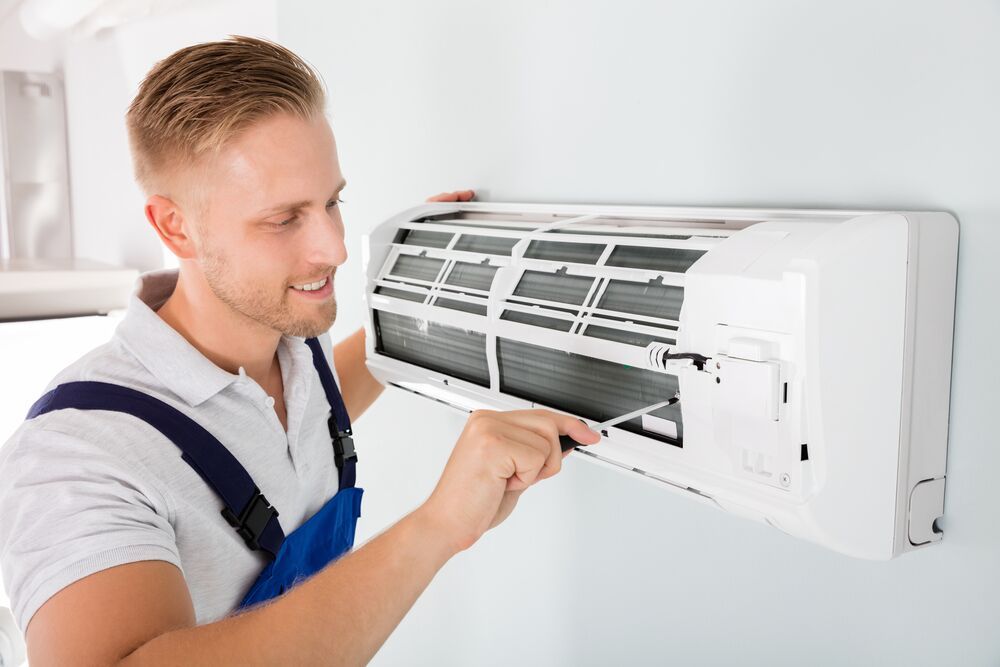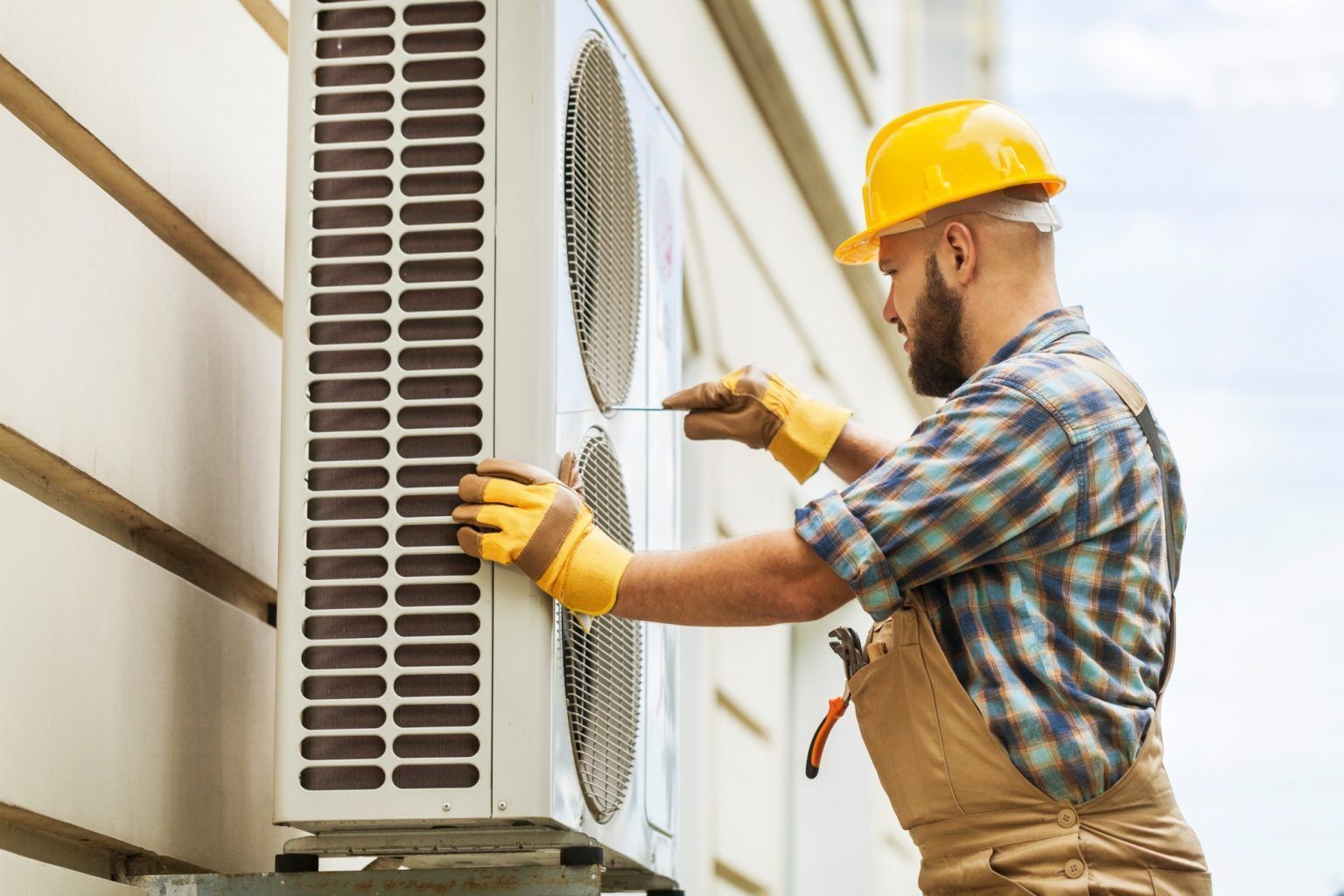BLOG
Ductless Mini Split Installation in Santa Clara: Easy DIY Guide
As Santa Clara homeowners continue seeking efficient, affordable, and flexible climate control solutions, ductless mini split systems have risen in popularity. These compact, energy-efficient HVAC units are perfect for both supplemental and primary heating and cooling needs, especially for homes without existing ductwork.
If you’re considering installing a ductless mini split system in Santa Clara, this comprehensive DIY guide is here to walk you through each step. We’ll cover the benefits, essential tools, step-by-step installation instructions, safety tips, and when it’s time to call in the pros at EVS Mechanical Inc.
Let’s explore into everything you need to know about ductless mini split installation in Santa Clara.
Key Takeaways
- Ductless mini splits offer efficient, quiet, and zone-specific comfort for Santa Clara homes.
- No ductwork required, ideal for older homes, additions, and ductless retrofit projects.
- Proper tools, safety gear, and careful step-by-step setup ensure successful DIY installation.
- Permits, correct sizing, and adherence to codes are crucial for efficiency and warranty.
- EVS Mechanical Inc. provides expert, reliable installation for long-lasting comfort and performance.
What is a Ductless Mini Split System?
Ductless
mini splits consist of two main components:
- An indoor air handler mounted on a wall or ceiling
- An outdoor compressor/condenser
Refrigerant lines, a drain line, and power cables connect the two through a small hole in the wall. These systems don’t require ductwork, making them ideal for older homes, room additions, garages, or anywhere zoning flexibility is desired.
Why Install a Ductless Mini Split in Santa Clara?
Santa Clara, CA, with hot summers and mild winters, makes ductless systems ideal for year-round comfort. Whether you live in a single-family home, condo, or townhouse, mini splits are a smart choice because:
- Energy Efficiency: High SEER-rated units mean lower electricity bills.
- Zoned Comfort: Control temperatures in individual rooms.
- Quiet Operation: Whisper-quiet indoor units enhance comfort.
- Improved Air Quality: Built-in filters trap dust, pollen, and allergens.
- No Ducts Needed: Perfect for retrofits and spaces without HVAC ducting.
Tools and Materials Needed
Before you begin installation, gather the following tools:
Tools:
- Drill & bits
- Stud finder
- Level
- Adjustable wrenches
- Hole saw (3")
- Vacuum pump
- Torque wrench
- Screwdrivers
- Utility knife
Materials:
- Mounting brackets
- Line set (refrigerant lines)
- Condensate drain hose
- Electrical wire (with disconnect box)
- Conduit for wiring
- Caulk or sealant
- Safety gloves & goggles
Step-by-Step DIY Installation Guide
Step 1: Choose the Right Location
Indoor Unit:
- Mount high on the wall, away from heat sources or direct sunlight.
- Avoid placing near doors, windows, or obstacles that block airflow.
Outdoor Unit:
- Install on a level surface, such as a concrete pad or wall bracket.
- Ensure adequate ventilation and protection from direct weather exposure.
Step 2: Install the Mounting Bracket
- Use the stud finder to locate wall studs.
- Level the mounting bracket and drill pilot holes.
- Secure the bracket firmly with lag bolts.
Step 3: Drill the Wall Hole
- Drill a 3-inch hole through the wall behind the indoor unit.
- Ensure it slopes slightly downward on the outside for proper drainage.
Step 4: Run Lines and Wiring
- Feed the refrigerant lines, drain hose, and communication wire through the hole.
- Wrap all lines together with insulation tape for protection.
- Secure lines to the back of the indoor unit and guide outside.
Step 5: Mount the Indoor Unit
- Hang the unit securely on the wall bracket.
- Double-check the level and alignment.
Step 6: Connect Outdoor Unit
- Place the outdoor unit on its pad or bracket.
- Connect refrigerant lines, matching the service valves correctly.
- Connect drain hose to a safe drainage point.
- Wire the outdoor unit following the manufacturer’s instructions.
Step 7: Evacuate Air from Line Set
- Use a vacuum pump to evacuate moisture and air from the system.
- Once vacuumed, open the refrigerant valves to charge the system.
Step 8: Power On and Test
- Flip the breaker and power on the system.
- Test cooling and heating functions.
- Check for leaks, vibrations, and proper drainage.
Safety Tips
- Turn off all power before starting.
- Follow local building codes and manufacturer instructions.
- If unsure about electrical work, consult a licensed electrician.
- Wear gloves and goggles during installation.
When to Hire a Professional
While DIY installation can save money, it’s not for everyone. Improper installation may:
- Void the manufacturer’s warranty
- Reduce energy efficiency
- Lead to safety hazards
That’s why many Santa Clara residents turn to trusted HVAC professionals like
EVS Mechanical Inc.
How EVS Mechanical Inc. Can Help You
Whether you’re facing complications during installation or want a hands-free experience, EVS Mechanical Inc. is Santa Clara’s trusted HVAC expert.
Why You Should Choose EVS Mechanical Inc.
- Licensed & Insured Professionals: Your installation will be up to code and backed by a warranty.
- Years of Experience: Extensive experience in ductless and ducted mini split system installation for residential and commercial properties.
- Top-Quality Equipment: We work with leading brands like Mitsubishi, Fujitsu, and LG.
- Custom Recommendations: Get the right system size and configuration for your space.
- Fast, Friendly Service: Local, reliable, and committed to your comfort.
Contact EVS Mechanical Inc. today for an expert evaluation or quote.
Conclusion
A ductless mini split system can revolutionize how you control indoor comfort, especially in Santa Clara’s varied climate. If you're a confident DIYer, this guide gives you the foundation to tackle the job yourself. But for guaranteed results, peace of mind, and professional support, EVS Mechanical Inc. is ready to help.
Our expert technicians make the process smooth, safe, and customized to your home’s needs. Whether you need installation, repair, or maintenance, contact them today for a free consultation and quote.
FREquently Asked Questions
Can I install a ductless mini split system myself?
Yes, technically you can if you have HVAC knowledge, tools, and understand safety protocols. However, professional installation is recommended for efficiency and warranty protection.
How much does it cost to install a ductless mini split in Santa Clara?
DIY kits can cost $1,500–$3,000 depending on size and brand. Professional installations typically range from $4,000–$8,000 for multi-zone systems.
Do you need a permit for ductless mini split installation in California?
Yes, permits are required for most HVAC installations in California. Check with the City of Santa Clara’s building department for details.
How long does it take to install a ductless mini split?
DIY installations may take a weekend. Professional installations are usually completed in a single day.
What’s the lifespan of a ductless mini split system?
With proper maintenance, most systems last 15–20 years.

